Substance abuse survey results spark concern at LT
Results underscores that drug use exists at LT—and exists at higher level than many other schools in area
November 1, 2018
Carrie ‘19 has tried almost all the drugs under the sun. She has vaped. She has smoked marijuana. She has drank alcohol. She has abused prescription drugs. She has even used LSD—once she did it at school.
Carrie, who was granted anonymity in order to discuss her experiences, is also enrolled in AP and honors courses. She gets As and Bs, she said, even while going to school under the influence many days. But when she started using during the summer before sophomore year, what she was really trying to do was to fit in.
“People in high school strive to be popular and cool,” Carrie said. “That’s what you want. Not a lot of things matter in high school other than grades, college and being popular. That is basically it. You want to be known, and that is how you do it—going to parties and drinking.”
A part of why she began using was that she saw all of this substance abuse occuring on social media and eventually started to wonder what all of the hype was about, she said.
“I saw people posting on social media photos of them going to parties and drinking,” Carrie said. “You could obviously imply they’re at a party, so I tried throwing my own parties at one point and that’s how people started to know me.”
When she started, she never expected to end up doing Xanax, Adderall and more of the “hard drugs,” but at first she didn’t think that drinking and having parties were that big of a deal.
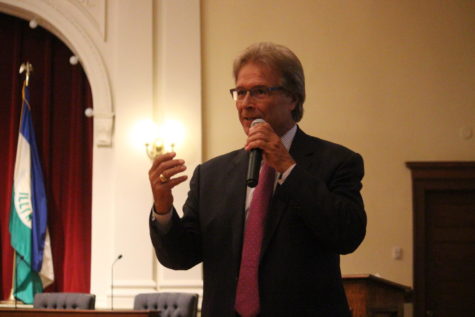
“I was thinking that, ‘Alright, this is what people are doing, whatever,’” Carrie said. “I also didn’t think it was that big of deal since parents drink. They go to the bar with their friends and drink, so I kinda did the same thing.”
Some of those sentiments were reinforced by the results of the Illinois Youth Survey, which surveyed around 3,500 LT students last year and looked into the mental health and substance abuse habits of the LT student body.
The survey, which most Illinois schools had the choice of taking, reveals that substance abuse at LT seems to occur at a higher level than other schools in suburban Cook County who also took the survey.
“You can’t help but worry for our kids and the damage they’re doing to their bodies,” NC Assistant Principal Kris Costopoulos said. “When you’re unable to think clearly and make good choices, you’re putting yourself in harm’s way.”
While some schools like Hinsdale Central didn’t take the survey, 31 local high schools in suburban Cook County did.
Scott Eggerding, LT’s Director of Curriculum and Instruction, was involved with organizing the survey through his involvement in the Coalition for a Drug Free Lyons Township. After analyzing the survey’s results, he said that there are a multitude of reasons why substance abuse may be higher at LT.
“It’s hard to extricate the school and community and the behavior to simple causal factors,” Eggerding said. “But I think the data at least shows that kids are using and they’re trying things, some more than others.”
The results
While the issue of high school vaping has been thrust into the spotlight—with school administrations across the country working to combat its growing prominence—the survey highlighted that alcohol is still the most abused substance at LT.
The survey found that 79 percent of last year’s LT seniors had drank alcohol within the past year, and 36 percent of the senior class had a binge drinking episode, defined as drinking five drinks in a row, in the two weeks leading up to the survey.
“The binge drinking is of great concern,” Eggerding said.
The numbers were significantly higher at LT in comparison to other participating schools in suburban Cook County. According to the data, only 57 percent of seniors surveyed from suburban Cook County had drank alcohol during the past year and only 21 percent had engaged in binge drinking within the two weeks before the survey.
While alcohol is by far the most used substance at LT, Costopoulos also added that vaping is still a source of concern. According to the results, 58 percent of last year’s seniors had vaped, in comparison to 33 percent in suburban Cook.
The survey also revealed 29 percent of last year’s LT freshman had vaped, on top of 46 percent of sophomores and 52 percent of juniors who had tried vaping, as well.
“It didn’t surprise me because, sitting in the AP office, I deal with it on a daily basis,” Costopoulos said, noting that she once possessed a large box full of vaping devices the principals had confiscated. “I’m very concerned about vaping because it’s a slippery slope to marijuana usage. It’s like a slippery slope with one foot on a banana peel.”
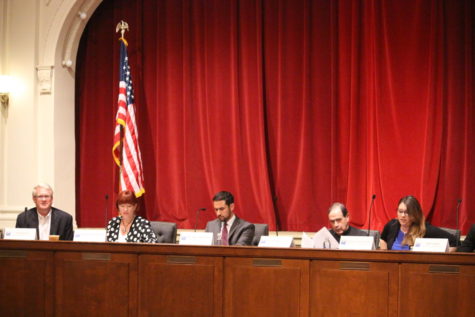
The number of students the AP office has caught for vaping offenses has gone up around 400 percent in the past two years, Costopoulos said, which she only expects to rise.
While the overall vaping data does not differentiate between vaping tobacco or marijuana, the survey notes that 70 percent of LT students who had used marijuana tried it in vaporized form at least in the 30 days leading up to the survey.
The silver lining, however, is that most LT students aren’t using hard drugs, Eggerding said. While 52 percent of juniors and 58 percent of seniors have tried marijuana, not many students are using heroin or other serious drugs, the survey shows.
“The positive out of the data is that it doesn’t show students using hard drugs,” Eggerding said. “That’s a very small percentage. Less than one percent of students have tried heroin. It’s not even in our top 10.”
Eggerding noted that the prescription drugs being abused may even be for potential academic purposes.
“The biggest prescription drug [abused] is not OxyContin—it’s Adderall,” Eggerding said. “It’s people getting someone else’s ADD medication to stay up for a test. It leads into ‘I’m stressed and worried and wanting to do better, so I’m taking drugs.’”
The cause
While this data can seem shocking, the trends at LT are not unique. In fact, Suniya Luthar, a professor of psychology at Arizona State University, thinks LT’s results fit clearly into a growing trend among high-achieving high schools across the nation.
“Overall, nationally, [substance abuse] rates have not gone up, if anything they’ve gone down slightly,” Luthar said. “The one subgroup in which this remains a significant issue and perhaps is on the rise is with young people. From what I know, substance abuse is not a national trend, but it certainly seems to be among kids in high-achieving, relatively affluent settings.”
Both Luthar and the LT administrators noted that there is not a simple cause why substance abuse is higher at LT and at other high-achieving high schools across the nation.
But Luthar believes, based on her research, that the most apparent causes of this trend is the same thing that she has attributed to these schools’ appeal: their focus on producing high-achieving students.
LT Superintendent Timothy Kilrea sent letter to LT Parents informing them of the trends revealed in the Illinois Youth Survey. Here is it in full.
“The biggest thing is probably the unrelenting, constant pressure to achieve and accomplish and distinguish oneself,” Luthar said. “As a result, two things happen: they say, ‘we work hard and we play hard.’ And sometimes they use drugs and alcohol to self-medicate when there are feelings of stress and pressure.”
While the survey results showed that depression rates among LT students are in line with those in our surrounding area—with 35 percent of juniors reporting that they experienced sadness or hopelessness everyday for two weeks—Eggerding said mental health still likely plays a factor.
“Even though ours isn’t higher, I think a lot of kids are using substances to self-medicate or destress or just trying to figure out a way to feel better for whatever reason,” Eggerding said.
With the pressure put on students from parents, teachers and even students themselves, Eggerding added that “it all leads to people sometimes coping or choosing or trying something that may not be the best choice.”
Costopoulos, however, cautions against putting all the blame on school stress.
“Kids might use [school pressure] as an excuse, but there are so many better ways to deal with stress,” Costopoulos said. “You work so hard on your grades, you get your paper done, you take your AP test. That doesn’t mean you should go out and get drunk.”
But another aspect that Luthar touched on was the parental mentalities in high-achieving communities like LT.
In a piece in The Washington Post, Luthar wrote that students in high-achieving high schools often “say their parents would treat” substance abuse “infractions more leniently than other errant behaviours, such as delinquency, academic indolence or insolence to adults.”
According to the survey results, 33 percent of LT seniors said that their parents would find drinking an alcoholic beverage once or twice a month “very wrong,” in comparison to 48 percent of seniors in suburban Cook County reporting the same thing.
“There is this pervasive feeling in our community that it’s a rite of passage and that everyone does it,” Costopoulos said. “But none of that is okay. It is illegal to drink under 21; it is harmful to drink under 21.”
Furthermore, Costopoulos said that many students in affluent communities often see alcohol use as an aspect of their parents’ lifestyles.
“In homes of affluence, [parents] are going to have parties and they’re going to have alcohol,” Costopoulos said. “They’re going to have wine with dinner. It’s what the kids see.”
In those households, it is also easier to gain access to alcohol from their parent’s liquor cabinets, Cotsopoulos said. That is supported by the survey, which found that 42 percent indicated they have gotten alcohol from their parents. Additionally, 35 percent took alcohol without permission.
A large part of the problem is the fact that many don’t think that these schools, like LT, are a place where rampant substance abuse could be a problem, Luthar said.
“I think the bigger issue is the sense of disbelief,” Luthar said. “How can it be that these students are excelling so much all the way around academically and in their extracurriculars? How could they be miserable and binge drinking?”
She added: “There’s a lot of focus on a school’s ‘academic report card’ with test scores and colleges to which the students go—and parents tend to focus a lot on this and not the school’s overall mental health. And the reality is, they coexist.”
Working on a solution:
While there are means of punishing students for substance abuse occurring on school grounds, the school’s reach does not extend much beyond that. As a result, what the administration is doing to respond to the survey’s results is working to inform the community about current substance abuse trends.
“The way I see our role as a school is to collect the information, share the information and bring in professionals and community leaders to say ‘Hey, what can we do about this?’” Eggerding said.
As a result, a forum is scheduled to occur Nov. 6 at the SC PAC called “The Truth About Vaping,” which seeks to inform members of community on the dangers of vaping and how to better identify substance abuse in kids, Eggerding said.
“I think the most important thing is that we’re not coming out with this data saying we have the solution,” Eggerding said. “This is what our kids are telling us, and are we OK with that? If the community is OK with that, there’s nothing much we can do. But I don’t think our community is going to look at this and say, ‘Yeah, this is us.’”
While some parents do enable teen substance abuse, some of them are likely just unaware about the current trends in how students use drugs and alcohol, Luthar said.
“These are by no means negligent parents as a group,” Luthar said. “These are often people who went to good schools themselves and want the same thing for their kids—they are caring parents.”
While parents play a role in this issue, substance abuse in high-achieve communities is an accumulation of factors such as the college application process, teachers, peers, coaches and even students themselves, Luthar said.
As a result, Luthar thinks it may be time to reevaluate the amount of emphasis we put on pushing students further and further.
“By and large, most of us are trying to do what is best for our kids,” Luthar said. “We slip up sometimes. Collectively, as a society, we appear to be slipping up, given some of these recurrently documented and deeply troubling trends.”




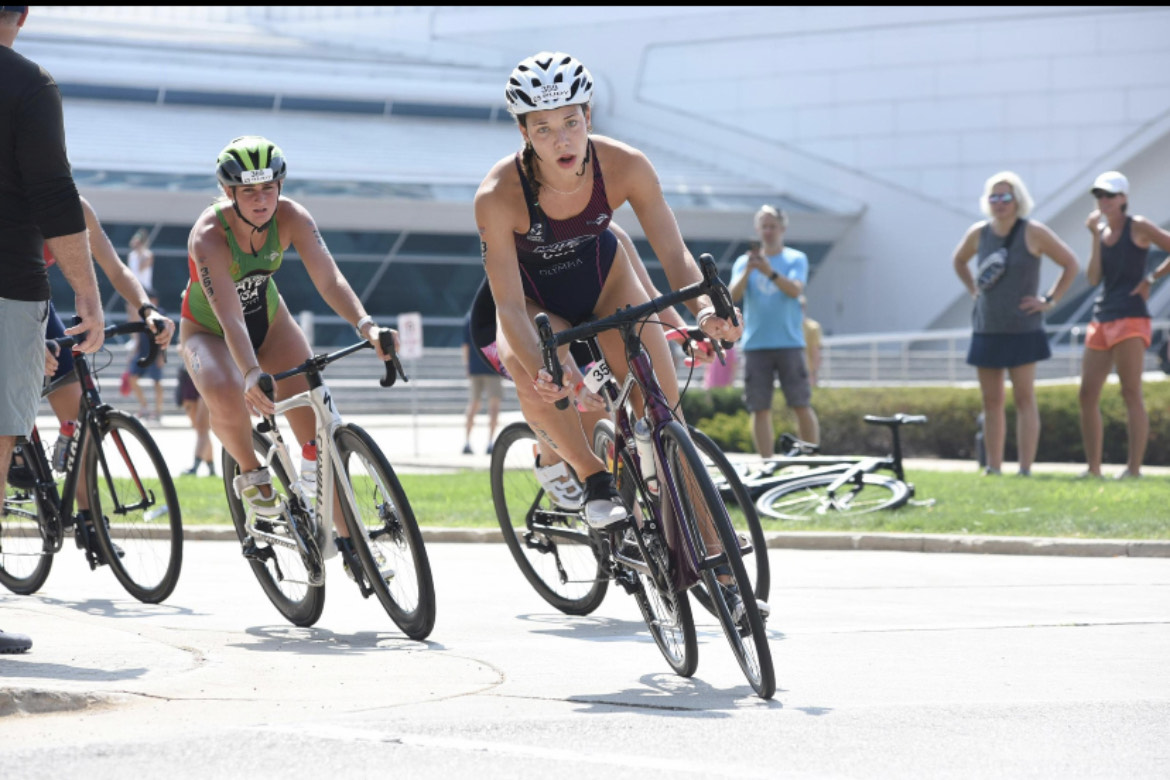
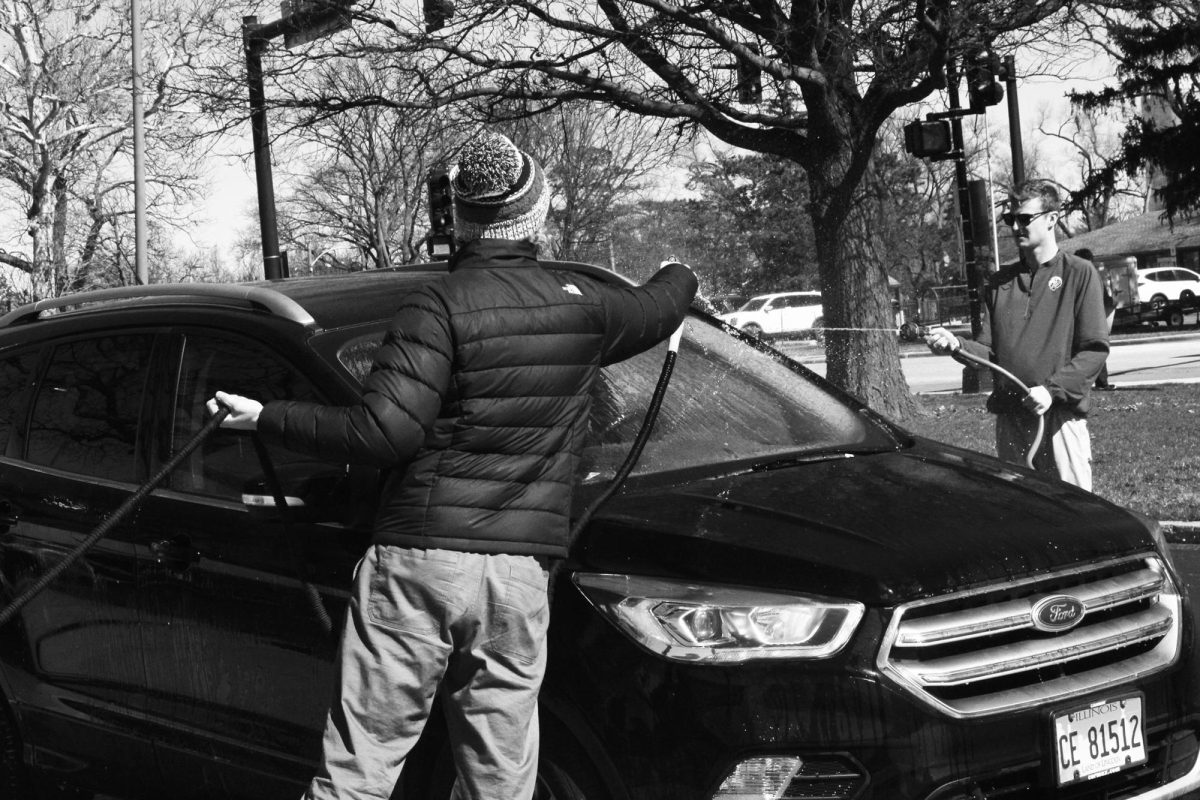


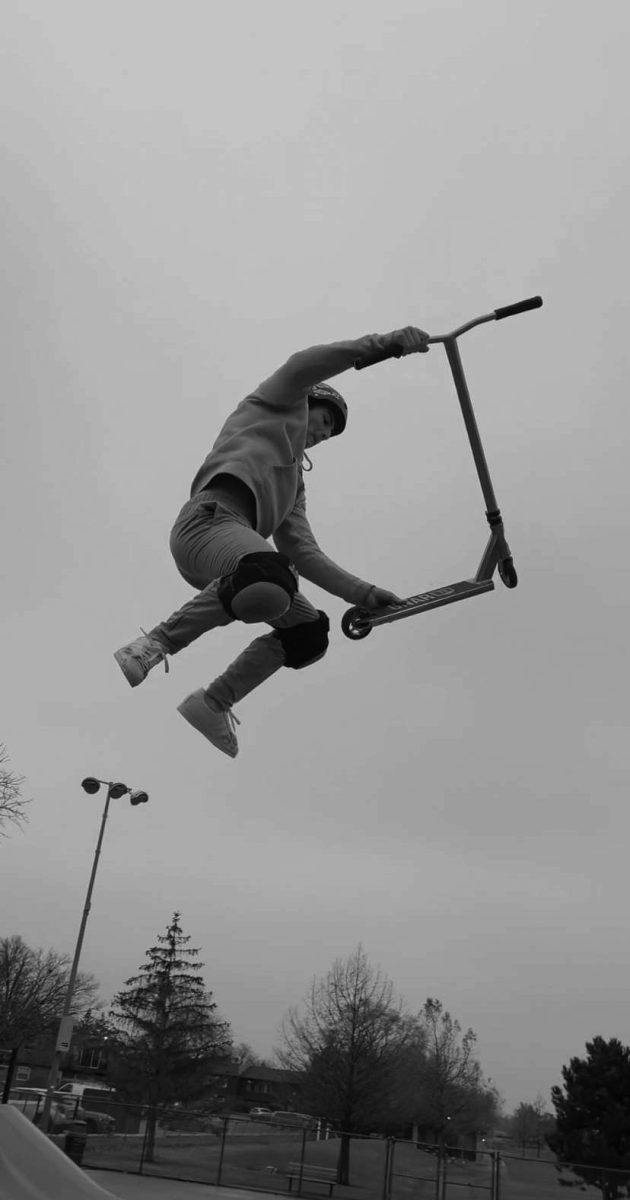
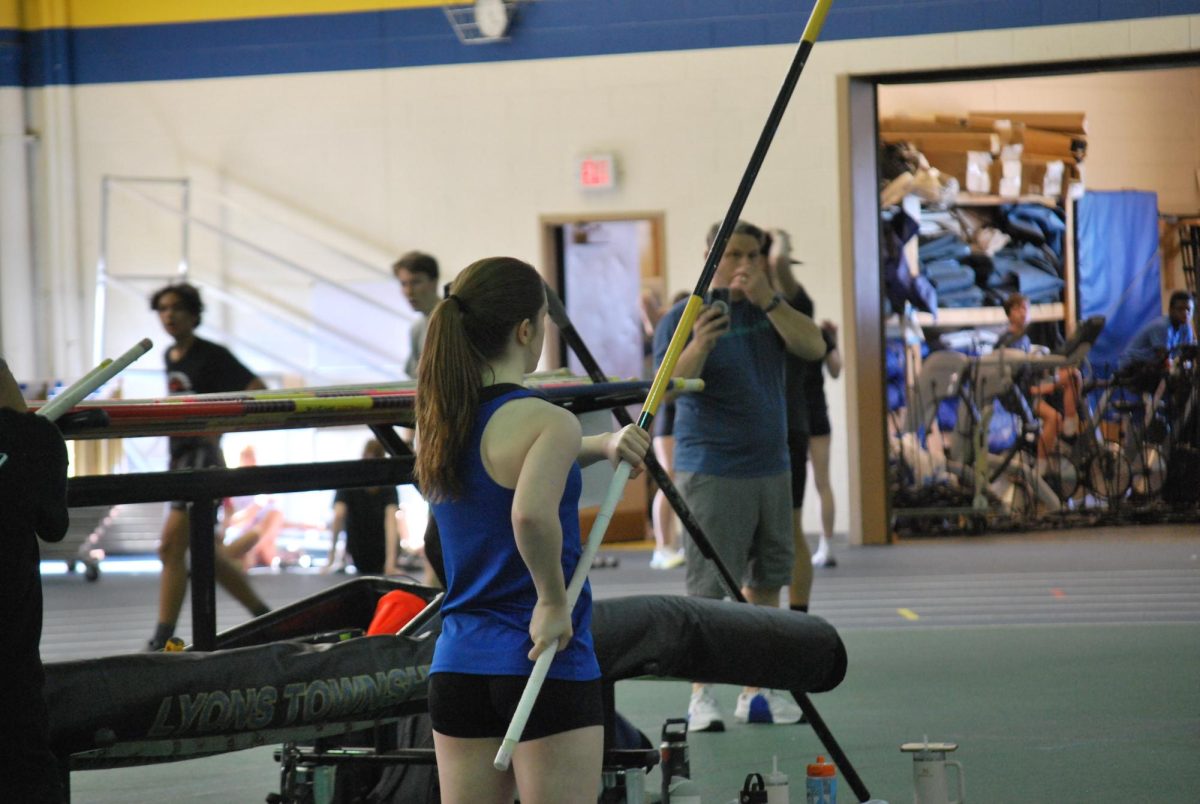
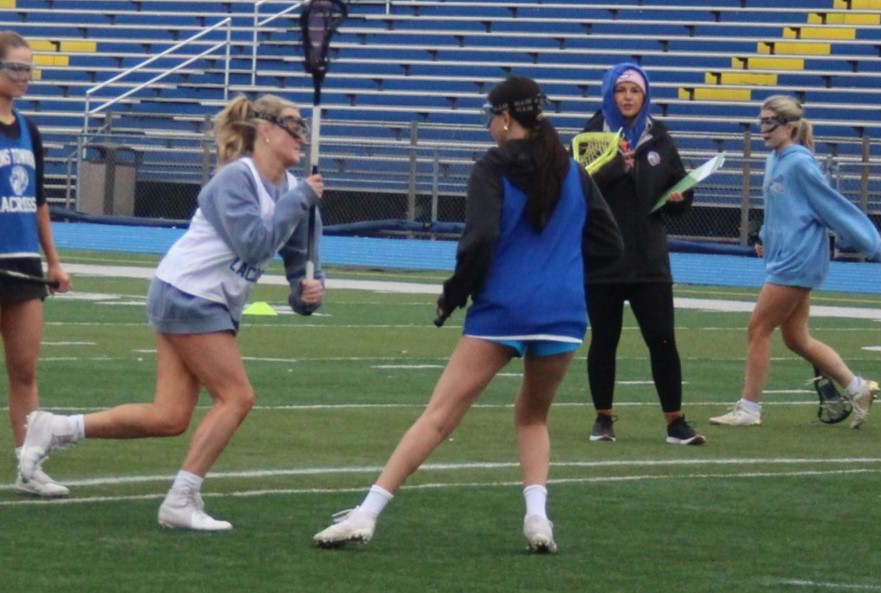

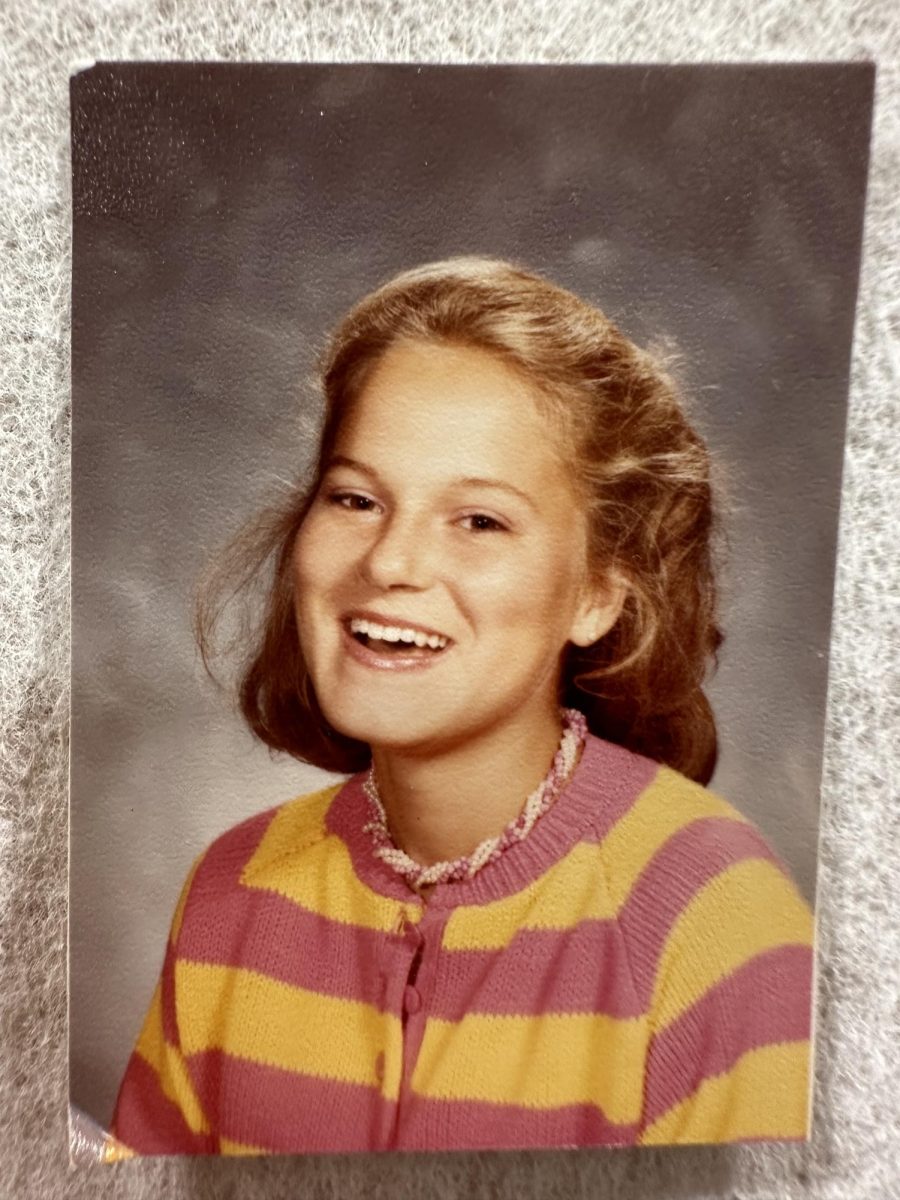
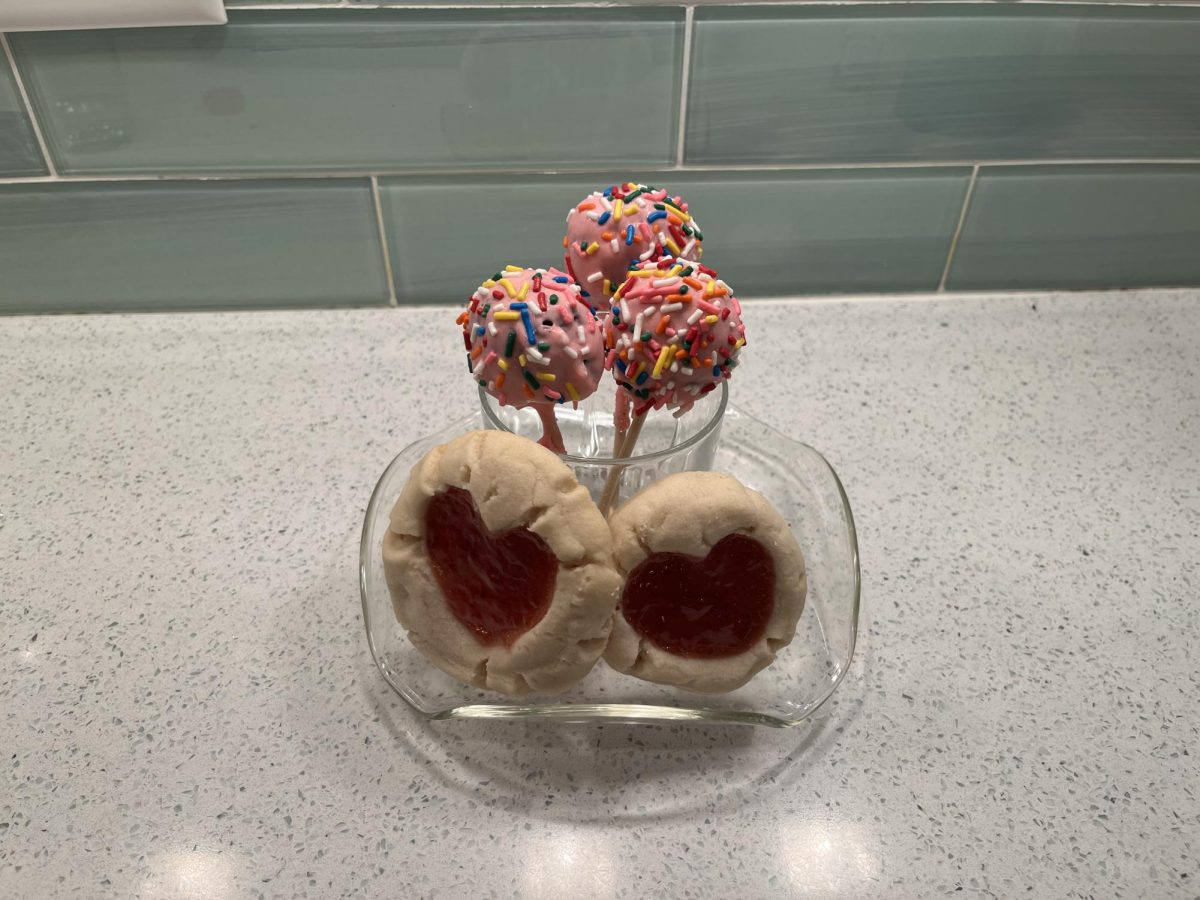




![Movie poster for [Rec] (2007).](https://www.lionnewspaper.com/wp-content/uploads/2023/04/rec-640x900.jpg)

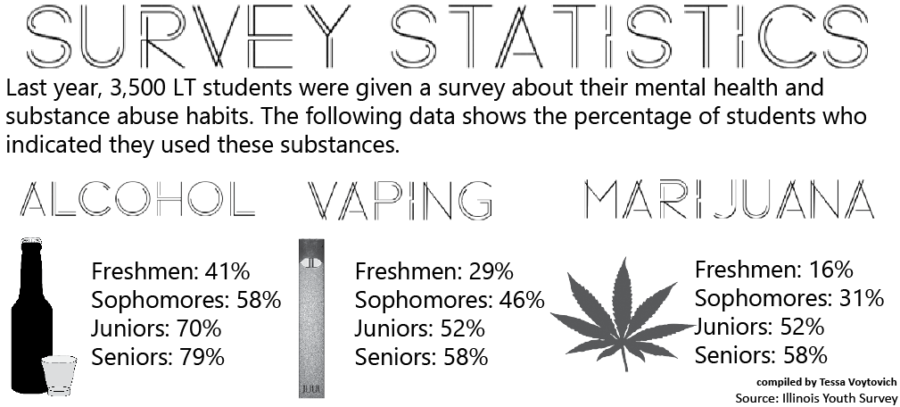
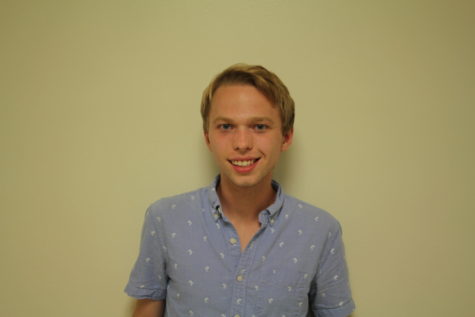


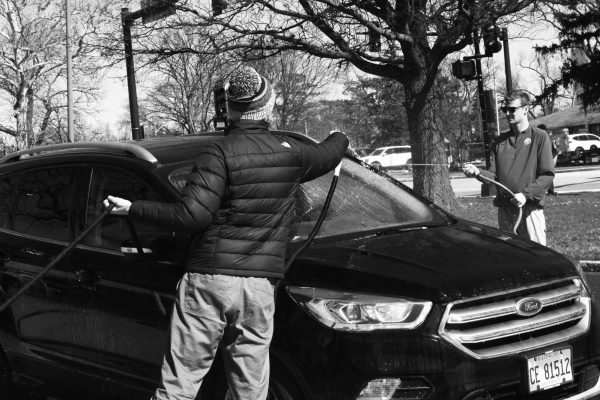

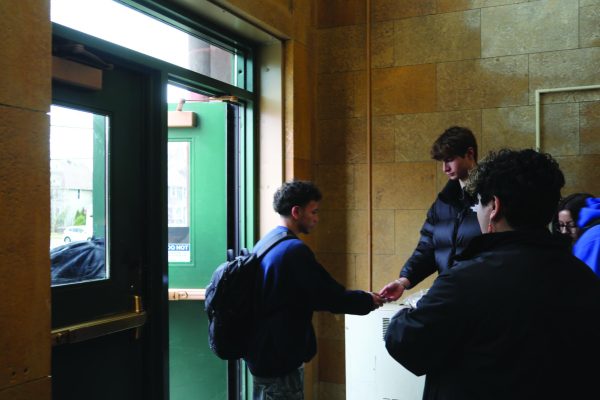

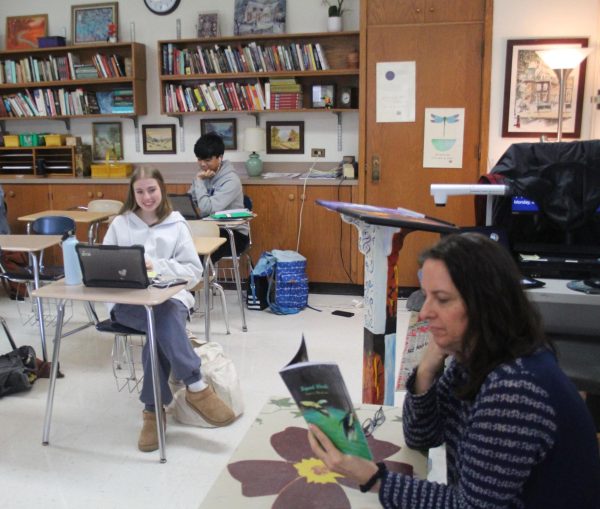
Suniya Luthar, Ph.D. • Oct 29, 2018 at 1:00 pm
Beautifully done – congratulations, Lars. Sending much respect for this work by your team and you.